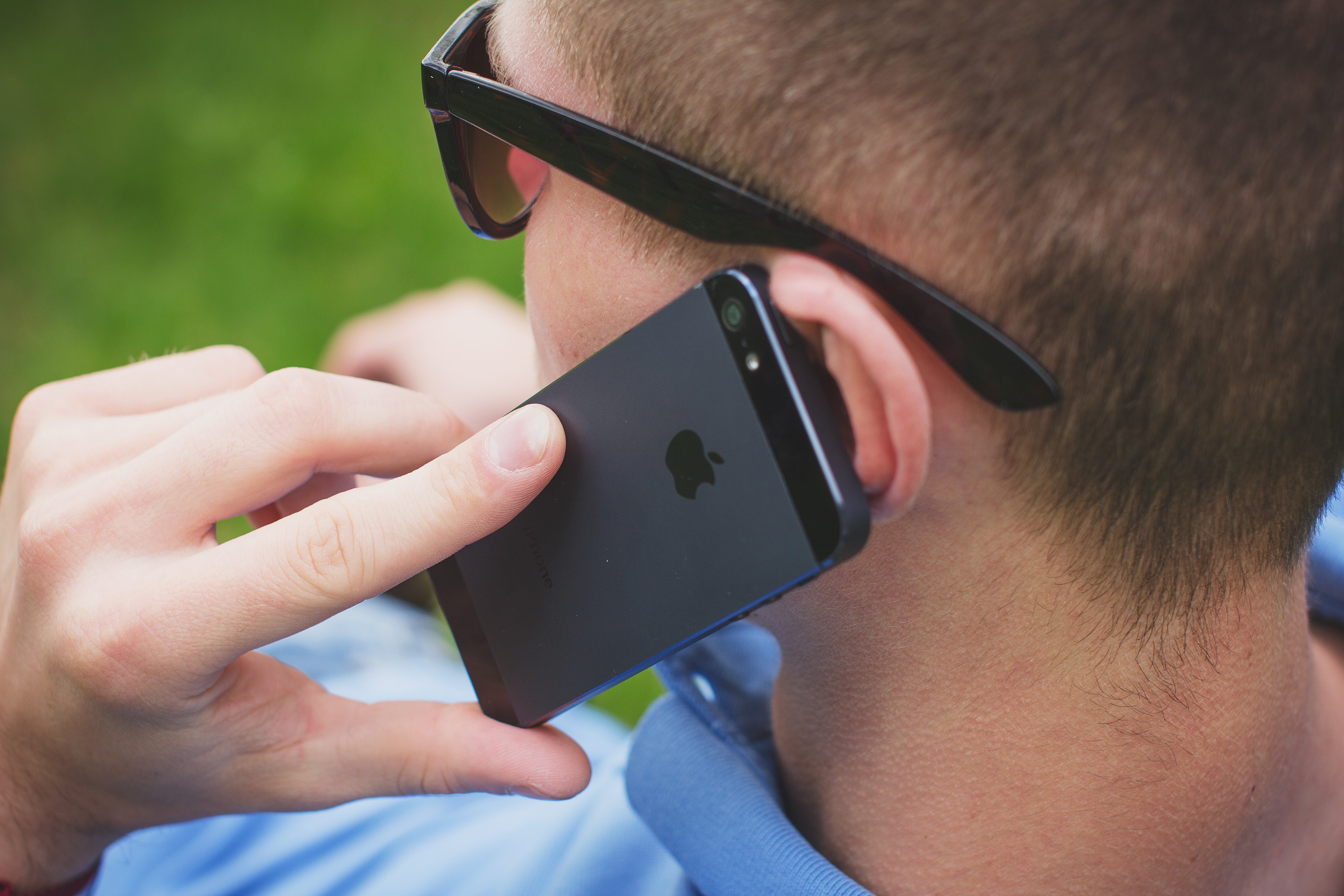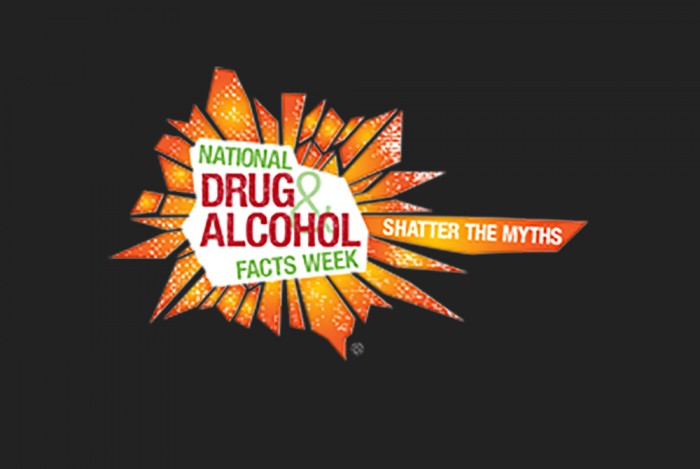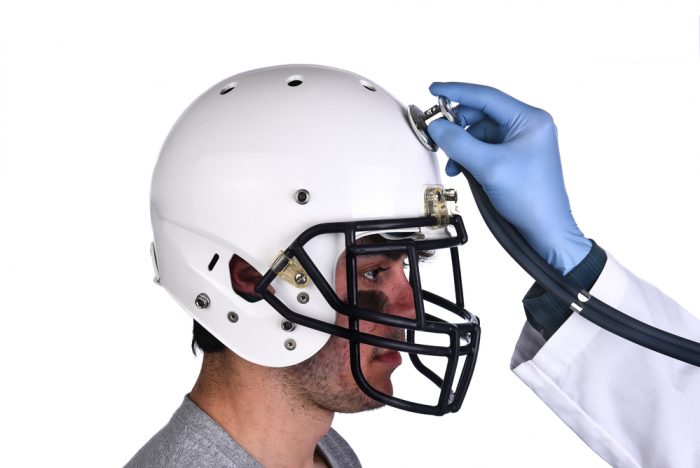Welcome! Login in to your account
Register for an account
A password will be e-mailed to you.
Recover your password
Prevention
National Drug and Alcohol Facts Week Observed March 20–26, 2023
CDC Releases New HEADS UP to Sports Officials for Online Concussion Training
0 1975
The new HEADS UP to Sports Officials: Online Concussion Training was developed through a partnership between the Centers for Disease Control and Prevention (CDC) and the National Association of Sports Officials (NASO) to share the latest guidance on concussion safety and prevention. The training provides essential information to help sports officials spot possible concussion signs and symptoms that can help keep athletes safe.
Sports officials will learn how to:
- Recognize the signs and symptoms of concussion;
- Determine when athletes should be removed from play due to signs and symptoms of concussion; and
- Promote a culture of concussion safety.
Illustrated case studies in the training help guide sports officials through practical scenarios they can use in their on-field activities.
Additionally, there are other CDC HEADS UP resources for concussion safety:
- Training for coaches
- Training for school professionals
- Training for athletic trainers
- Training for healthcare providers
- Videos on concussion safety
- Graphics and infographics
Keeping Pennsylvania’s Children Safe From Abuse and Neglect
© 2021 - Rehabilitation & Community Providers Association












